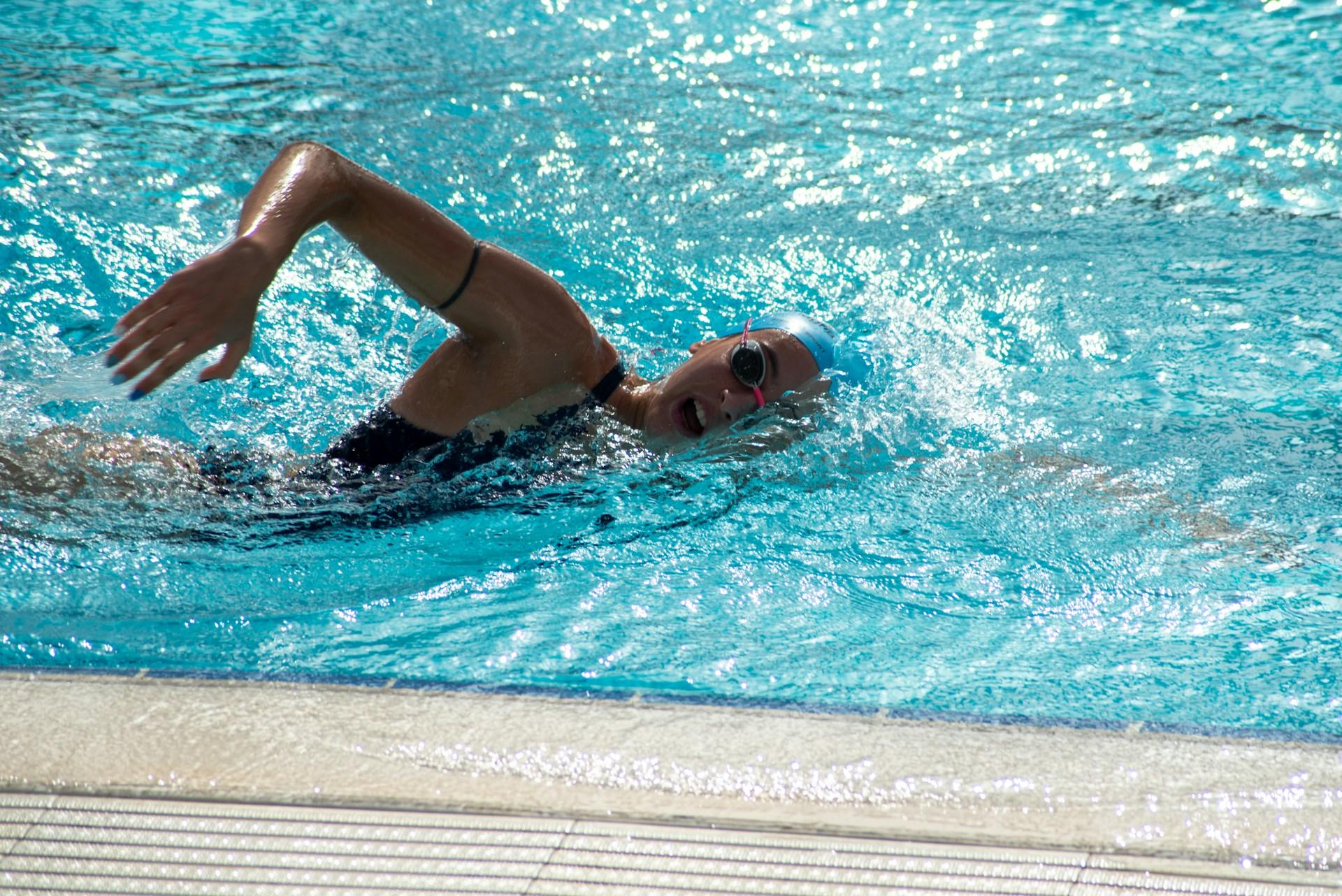If you're a newly licensed swimming instructor or teacher and looking to plan lessons, it can be difficult knowing where to begin and how to even start your first lesson.
The course you took to get your instructor licence may have covered certain aspects of teaching swimming, of course, but when it comes to planning your first lessons, everything can still feel quite new and daunting.
There are many ways to put together a lesson plan and plan swimming lessons, but here's some of our advice to help you find the approach that works for you and, most importantly, your students.

Get to Know the Participants
A good swimming lesson is adapted to the people learning to swim. There are as many different ways to teach swimming as there are students and it'll be your job as a swimming instructor to teach your students as effectively as possible during every lesson.
Here are just some of the things to consider when planning a swimming lesson.
Age
Your student's age will drastically affect how you teach them. Not only might this dictate the techniques that they learn, but it'll also affect safety and your teaching style.
While both children and adults prefer lessons to be engaging and fun, children have a much lower tolerance for dry or boring lessons than adults.
When teaching children, your energy, approach, and even language will have to be adapted to them.
Similarly, though you mightn't think it, you may have to be more sensitive when teaching adults how to swim as some may even be a little nervous or embarrassed about learning to swim later in life.
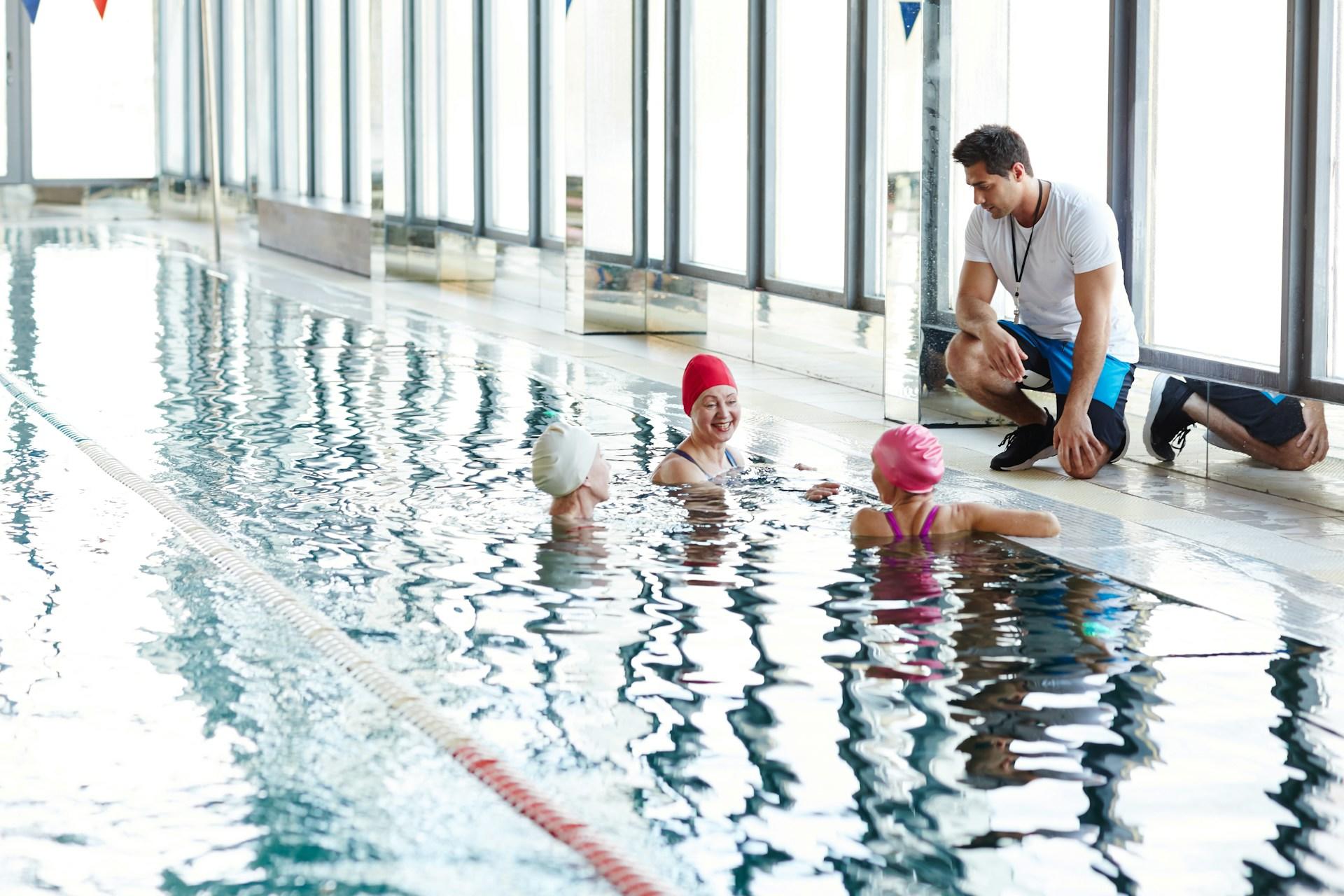
Level
Understanding your students' levels is an essential part of putting together a lesson plan.
Not only will this allow you to plan appropriate activities during your lessons, but it's also essential for your students' safety as activities beyond their abilities could be dangerous.
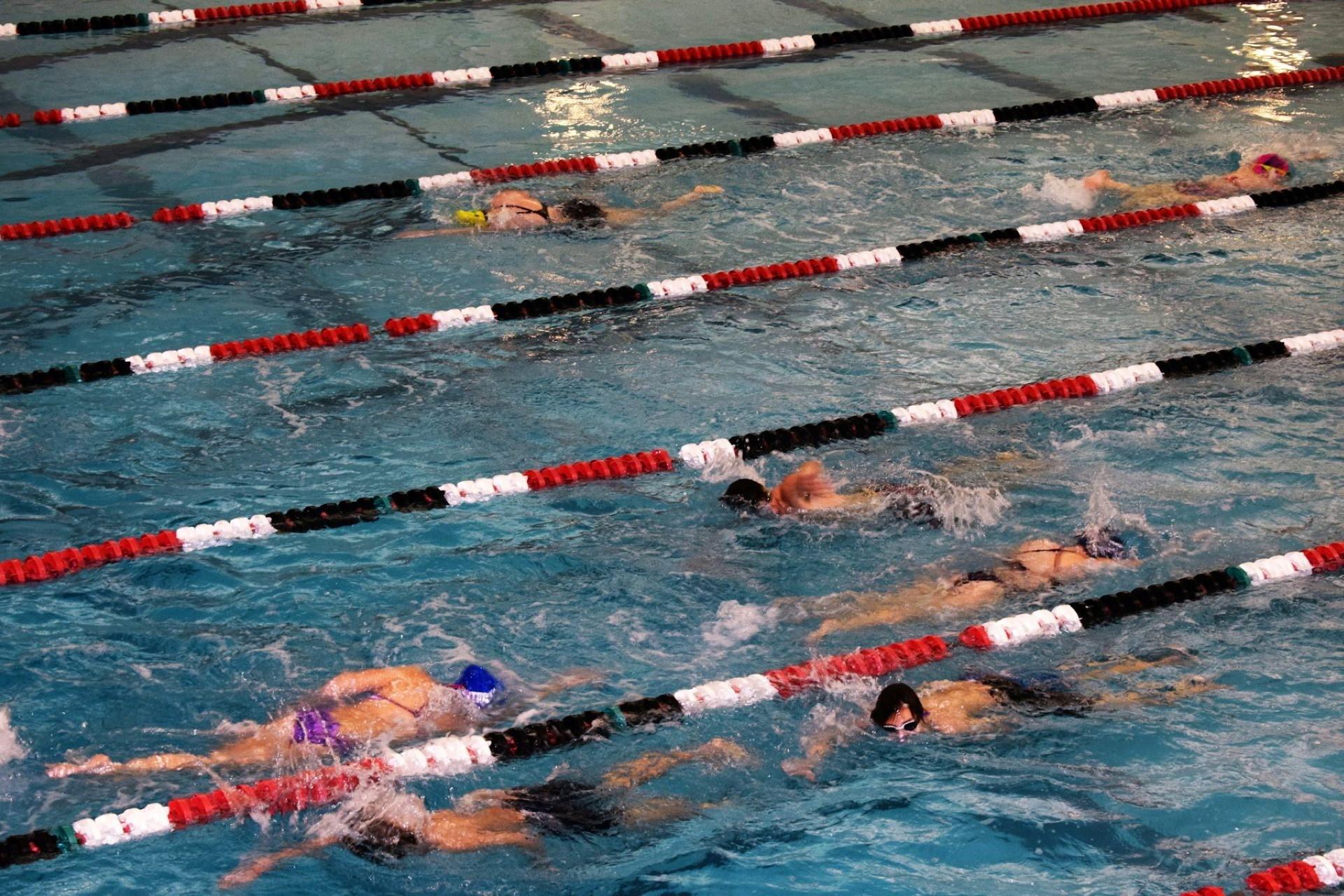
Every swimming teacher will know that “diving in at the deep end” is more than just an adage and isn't something you can do when you become a swimming instructor.
If you don't have an opportunity to find out more about your students' levels before teaching them, their very first sessions should be dedicated to adequately and safely assessing how and if they can swim.
Fitness
While swimming ability and fitness do tend to be linked, they aren't completely guaranteed and factors like endurance and strength will affect your students.
You may have students who are strong swimmers but tire quickly and are unable to manage longer sessions swimming for longer distances.
Conversely, a swimmer comfortable in the water for long periods mightn't automatically be incredibly at certain strokes or techniques.
You have to make sure you know whether your students are capable of completing the activities that you've planned for them and what you can do to help them if they can't.
Mentality
It isn't just competitive swimming coaches who have to think about the mentality of their athletes. Managing morale and mentality is a big part of teaching and to keep your students enthusiastic about swimming, you need to understand their mentality and why they're taking swimming lessons in the first place.
A student who dreams of swimming competitively may relish being pushed to do new things and find their limits whereas a hydrophobic adult learner might be more interested in setting small and manageable goals and celebrating smaller victories.
Find swimming lessons Canberra on Superprof!
Set Lesson Objectives
Once you understand who you're teaching and why, it becomes much easier to set objectives for each lesson.
Your lesson objectives will define the general outline and structure of your lesson and everything you do during each session should be working towards these objectives.
There are a few ways to set objectives, but we like setting what are known as "SMART" objectives.
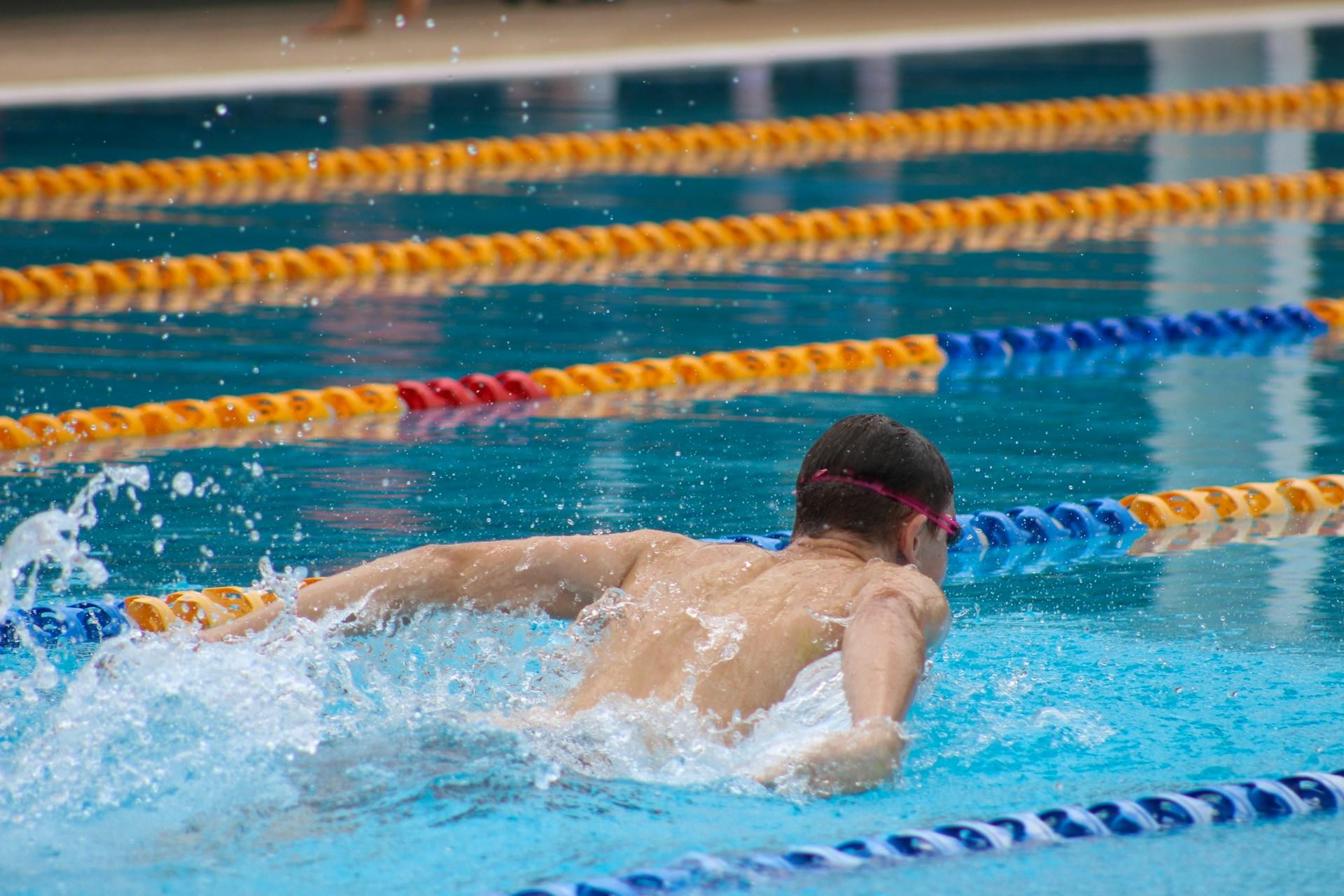
SMART objectives
Smart objectives can be used in everything from the world of business to teaching people how to swim and if that's your job, it essentially is a business.
Smart stands for specific, measurable, achievable, relevant, and time-bound. Here's how each of these works in the context of teaching swimming lessons.
Specific
A goal like “learn to swim” is far too vague to be helpful. You want to look for objectives that can be clearly understood by both the teacher and the student.
While we all think we know what swimming is, what does this really mean in a lesson?
Instead, look for something specific like “swim the width of the pool using backstroke” or “safely dive into the pool”. Both the instructor and the student will work more effectively with clear goals and objectives in mind.
Measurable
Not only does a goal need to be specific, but it needs to be measurable. Even for more subjective things, you need to establish how you'll measure the successful completion of a goal.
You can further define your goal by stating how it'll be measured. Swimming the length of the pool is an obvious measurement but you could further elaborate by stating "without touching the bottom".
Achievable
There's no point in setting goals for your students that they can't achieve. Not only will this leave them frustrated and feeling like their lesson is a waste, but it'll make them less likely to want to come back and have more lessons with you.
While some goals won't be achieved within a single lesson, every individual lesson should have a goal that can be achieved, no matter how minor or insignificant it may seem.
Knowing your student's level, fitness, age, and mentality will help you set achievable goals.
Relevant
Setting a relevant goal means understanding why your students are taking swimming lessons. It can be helpful to ask them about their motivations before their first lesson or maintain an open dialogue with them during their lessons.
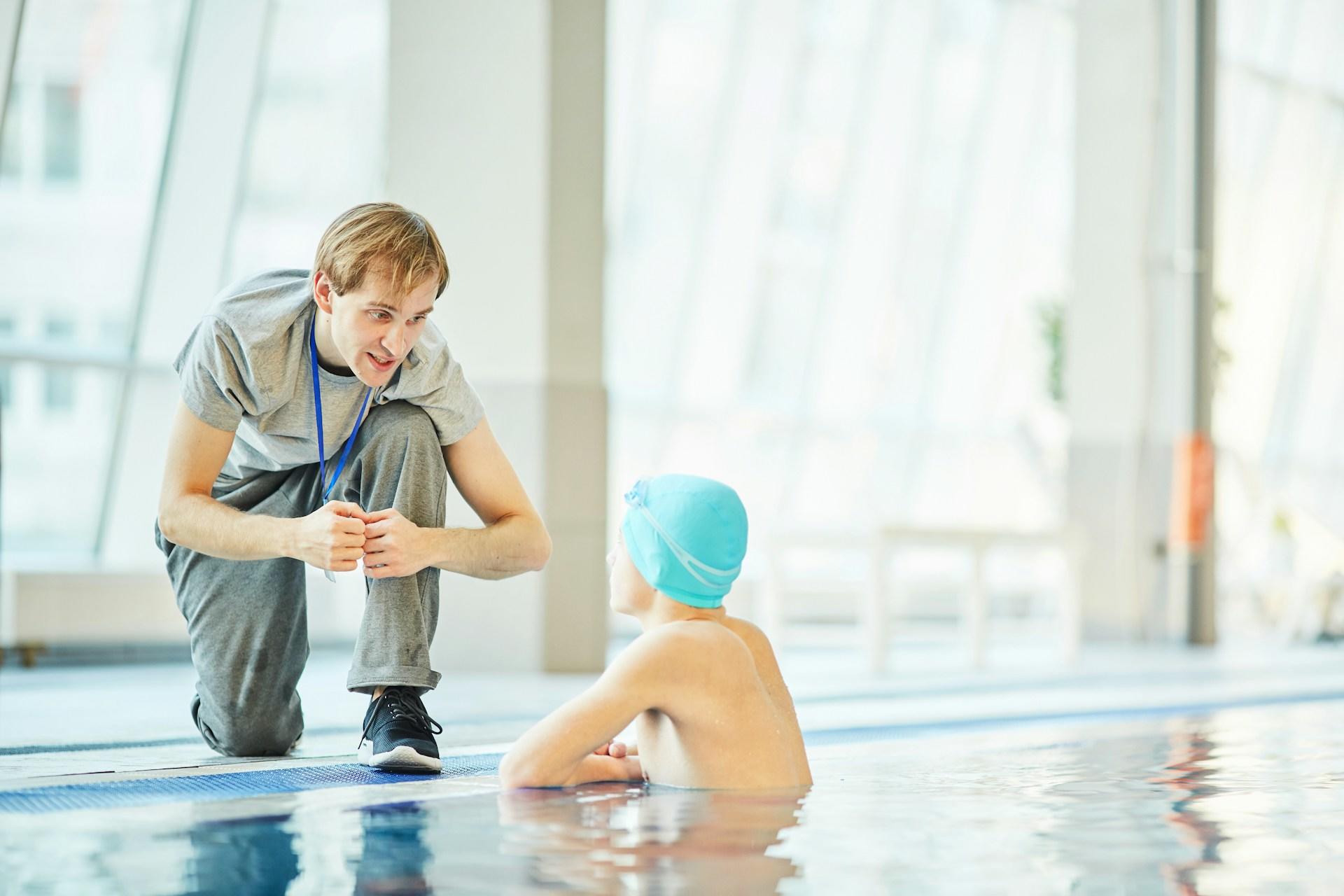
An adult learning to swim so they can spend more time in the pool with their kids won't be that interested in learning competitive strokes. Instead, they may be interested in lifesaving techniques and becoming strong swimmers in a variety of different situations.
Time-bound
To ensure that every lesson has a purpose, the goals should have a time frame. For lesson-specific goals, the time limit is essentially the length of the lesson.
If your goals for each lesson are specific, measurable, achievable, and relevant, they'll likely be achieved within the lesson.
For long-term goals, it can be useful to set a time limit for these, too, so that the student doesn't feel like their lessons aren't going anywhere.
Naturally, long-term goals can be revisited and adjusted as necessary, especially if outside factors like missed lessons or injury mean that the student won't perform as expected.
Specific
Measurable
Achievable
Relevant
Time-bound
Appropriate Activities
With your SMART goals in mind for your lesson plan, you can start considering the activities that the students will do during the swimming lesson.
The activities you choose will need to ensure that your student is properly warmed up and ready, working towards the goals set for the lesson and their longer-term goals, and safe.
Safety First
As a licenced swimming instructor, safety should be a key part of everything you do, which is why you need to be licenced and also CPR certified.
When planning every lesson, consider any potential risks, how you'll mitigate them, and what you'll need to do if anything goes wrong.
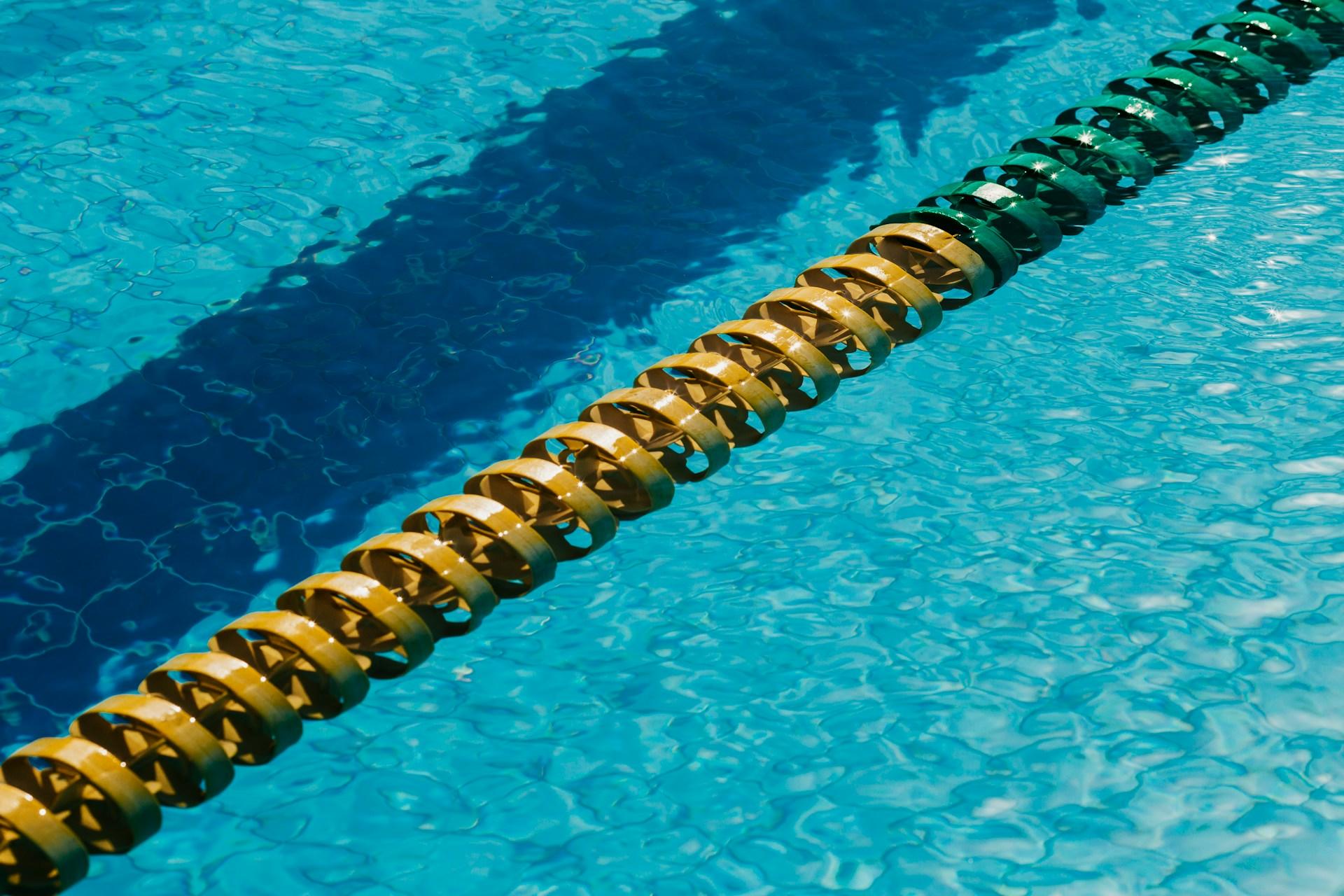
It can be also reassuring for students to know this has all been considered in your lesson plans and even make them more willing to participate in the activities planned.

Create a Lesson Plan
Once you know what you plan to teach your students and how you intend to do it, you can start putting together a lesson plan.
The format of this plan should be a document, but very experienced swimming instructors mightn't even need to write any of it down.
For newer instructors, however, it can be useful to both create the document to keep you on track and also have something to show your students, especially if they have questions.
Here's a quick and simple 3-part way to structure your swimming lessons.
Set Goals
Introduce the objectives and topics for the lesson.
Teach
Work with your student, prioritising safety, as they practise a new skill or technique.
Test
Check that the lesson objectives have been met by safely testing the student's understanding or competence in a given skill.
Resource List
Part of your lesson plan should include a resource list of things you might need. Novice swimmers may require floatation devices for certain activities.
Make a list of what you'll need for each lesson and make sure you have everything ready before the lesson starts or as soon as you can during the lesson.
Students won't want to pay to watch you scramble around looking for things when they could be learning and the happier your students are with their lessons, the more you'll earn as a swimming instructor.
Assess and Adapt
Last but not least, assess each lesson, learn what worked and what didn't, and improve and iterate for the next time.
Every lesson is an opportunity for both you and your students to learn and your lessons and lesson planning will improve the more you do it.
By optimising every lesson and your lesson-planning process, you can spend much less time on it, which is time that most swimming instructors aren't technically being paid for.
Looking for swimming lessons near me? Discover your perfect swim instructor on Superprof!

